Sport
“Sport Climbing Combined in the Olympics: A Comprehensive Guide to the Newest Olympic Sport”
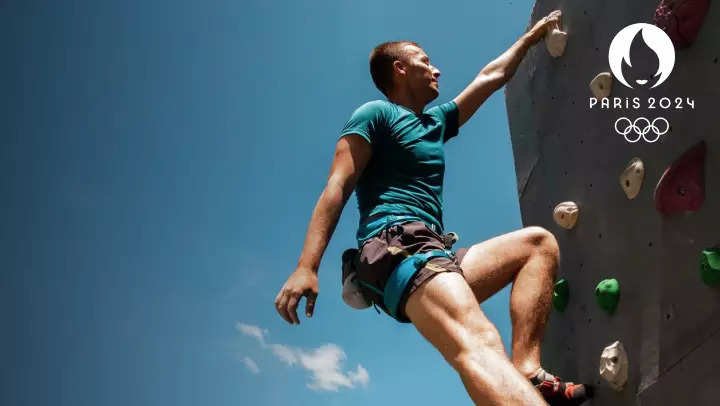
Introduction
Sport climbing is one of the most thrilling new additions to the Olympics, offering a unique blend of speed, agility, strength, and mental focus. First debuting at the 2020 Tokyo Olympics, sport climbing brought a fresh and dynamic element to the games, drawing in both seasoned climbers and spectators new to the sport. The combined format, which includes speed climbing, bouldering, and lead climbing, has proven to be a challenge, even for elite climbers. This guide explores everything about sport climbing combined in the Olympics, from the format and scoring to training approaches and the athletes who have become icons of this electrifying event.
Read more:sport climbing combined olympics
1. Understanding the Sport Climbing Combined Format
Sport climbing in the Olympics follows a “combined” format, which means climbers must compete in three distinct disciplines: speed climbing, bouldering, and lead climbing. Each discipline requires a unique skill set, making it both a physical and strategic challenge.
Speed Climbing: Climbers race to the top of a 15-meter wall as fast as possible, using predetermined holds.
Bouldering: Athletes solve short, complex “problems” on a 4.5-meter-high wall, relying on technique, power, and problem-solving skills.
Lead Climbing: Climbers aim to reach as high as possible on a wall over 15 meters in height within a set time limit, requiring endurance and careful planning.
The combined format tests an athlete’s ability to excel in all three categories, pushing them to develop versatility across these very different climbing styles.
2. Evolution of Sport Climbing to Olympic Status
Sport climbing’s inclusion in the Olympics was a pivotal moment for the sport. The journey began decades ago as climbing evolved from a recreational activity to an organized sport with competitive leagues and dedicated athletes. The push for inclusion in the Olympics was driven by the International Federation of Sport Climbing (IFSC) and gained momentum as the sport’s popularity surged worldwide. The debut at the Tokyo 2020 Olympics marked a milestone, allowing sport climbing to showcase its appeal to a global audience.
3. The Scoring System in Combined Sport Climbing
The Olympic combined format uses a unique scoring system, often called a “multiplicative scoring system.” Here’s how it works:
Each climber’s placement in each discipline (speed, bouldering, lead) is recorded.
These placements are then multiplied together to determine the final score.
For instance, if an athlete places 2nd in speed, 3rd in bouldering, and 1st in lead climbing, their final score would be 2 x 3 x 1 = 6.
The lower the total score, the better the ranking. This system makes every placement count, putting immense pressure on climbers to perform consistently across all three disciplines.
4. Key Skills and Training for Olympic Sport Climbers
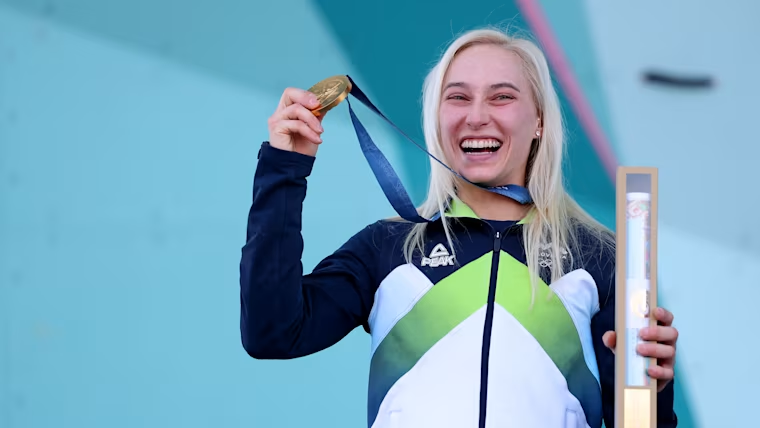
To succeed in the combined format, climbers train extensively in speed, power, technique, and endurance. Here’s how climbers typically approach each discipline:
Speed Climbing Training: This is often about building explosive power and muscle memory. Since the holds are fixed in speed climbing, climbers focus on refining their path and practicing identical moves to shave off milliseconds.
Bouldering Training: Bouldering emphasizes problem-solving and power, with climbers needing to tackle various routes and obstacles quickly. Climbers often focus on building strength through core workouts, flexibility drills, and practicing difficult holds.
Lead Climbing Training: This discipline requires stamina and endurance, as well as mental focus. Lead climbers train with longer, more sustained climbs, working on grip strength and learning to conserve energy while reaching higher up the wall.
A combined climber’s training plan is often carefully balanced to develop proficiency in all three areas, a challenge that many athletes have embraced as they strive for versatility.
5. The Thrill and Tactics of Sport Climbing Combined
Each discipline has its own excitement and set of tactics, contributing to the sport’s popularity:
Speed climbing is a spectacle of sheer speed and power, often lasting just 5-7 seconds. Climbers are acutely aware of the need for explosive starts, tight coordination, and flawless muscle memory to reach the top in minimal time.
Bouldering is where climbers showcase their technique and problem-solving. Each bouldering “problem” presents a distinct challenge, and athletes must quickly assess and execute complex moves to reach the top.
Lead climbing unfolds more slowly and is focused on endurance, strategy, and precision. Climbers must balance speed with caution, making strategic decisions about where to pause and how to manage their grip strength over the route.
6. Memorable Moments and Standout Athletes in Olympic Sport Climbing
The Tokyo Olympics featured some unforgettable performances and introduced viewers to world-class climbers. Japan’s own Miho Nonaka and Akiyo Noguchi won admiration for their strong performances, while Slovenia’s Janja Garnbret emerged as the first female gold medalist in sport climbing.
In the men’s division, Alberto Ginés López of Spain took home the gold, impressing spectators with his balanced performance across all three disciplines. Adam Ondra from the Czech Republic, known as one of the best climbers globally, also made headlines for his unique style and dedication to the sport.
7. Future of Sport Climbing in the Olympics and Beyond
The success of sport climbing at the Tokyo Olympics has fueled enthusiasm for the sport’s future in the Olympics and other international competitions. With an eye on the 2024 Paris Olympics, the IFSC has announced a new format that splits speed climbing from a separate combined category of bouldering and lead climbing. This change will allow climbers to specialize and compete in their strongest disciplines, offering a broader pool of competitors and enhancing the viewer experience.
This development is expected to draw more climbers from diverse backgrounds and encourage climbers to either hone their speed or combined skills. It will also likely attract viewers who enjoyed the combined format’s mix of skill and strategy, further promoting sport climbing worldwide.
8. The Growing Popularity of Sport Climbing: A Global Perspective
The exposure from the Olympics has driven a surge in interest in sport climbing worldwide. The sport has seen growth in both recreational climbing facilities and professional competitions, making it more accessible to newcomers and fueling the professional circuit with new talent.
From climbing gyms in urban centers to natural rock formations across the globe, the rising popularity is building a community that spans from beginners to elite athletes. Media coverage and social media presence have also contributed to the sport’s growth, allowing climbers to share their journeys and inspire others to take on the vertical challenge.
9. How to Get Started in Sport Climbing
For anyone inspired by Olympic climbers, here’s a quick guide to starting out in sport climbing:
Find a Climbing Gym: Most cities now have climbing gyms with walls for bouldering, speed climbing, and lead climbing.
Get the Right Gear: For beginners, renting shoes and harnesses from the gym is a good start. As you progress, investing in high-quality shoes, a harness, chalk, and climbing-specific clothing can improve your experience.
Take a Class: Many gyms offer introductory classes on climbing techniques and safety, providing a solid foundation for new climbers.
Build Strength and Flexibility: Sport climbing is physically demanding, so building upper body strength, core stability, and flexibility through general workouts will help improve climbing performance.
Starting out in sport climbing is accessible to people of all fitness levels and ages, with the potential to advance to competitive climbing or simply enjoy the recreational and health benefits of the sport.
Conclusion
Sport climbing combined in the Olympics has introduced a dynamic, engaging new sport to the global stage. The unique mix of speed, problem-solving, and endurance showcased by the combined format highlights the versatility and skill required of Olympic climbers, earning the sport a special place in the hearts of spectators. With the upcoming Olympics poised to offer a revised format that splits speed from bouldering and lead, sport climbing is set to captivate even more viewers in future games, while athletes continue to inspire new generations of climbers. Whether watching or participating, sport climbing embodies the Olympic spirit of pushing limits and achieving the extraordinary.
As the sport grows, we can expect to see a continued evolution in techniques, more impressive feats, and a worldwide community of climbers who share a passion for the wall. For those inspired to start climbing, there’s no better time than now to join the adventure and discover what makes sport climbing one of the most thrilling sports in the world.
Share this content:
Sport
Sport Climbing Combined: A Thrilling Addition to the Olympics

Sport climbing has emerged as one of the most electrifying additions to the Olympic Games. Combining elements of speed, technique, and endurance, this dynamic sport captivated audiences when it made its debut at the 2020 Tokyo Olympics. Now, the “combined format” is gearing up to make waves in future competitions. In this blog, we’ll delve into what sport climbing combined entails, its unique appeal, and how it is reshaping the Olympic landscape.
What is Sport Climbing Combined?
The “combined” event in sport climbing is a fusion of three distinct disciplines: speed climbing, bouldering, and lead climbing. Each tests different physical and mental attributes, making the format both challenging for athletes and exhilarating for spectators. Here’s a breakdown of each discipline:
Speed Climbing: Two climbers race side-by-side on a standardized vertical wall, aiming to reach the top in the shortest time possible. It’s all about explosive power and precision.
Bouldering: Athletes attempt to solve complex climbing puzzles on shorter walls without ropes. They have a limited number of attempts to complete as many “problems” as possible within a set time.
Lead Climbing: Climbers aim to ascend as high as possible on a much taller wall within a time limit, using a rope for safety. This discipline emphasizes endurance and strategic thinking.
The combined format challenges athletes to excel across all three, showcasing their versatility and resilience.
The Evolution of Sport Climbing in the Olympics
Sport climbing made its Olympic debut in 2020 with a single combined event. While the format was thrilling, it received criticism for forcing athletes to compete in disciplines they might not specialize in. For example, speed climbers, who thrive on quick bursts of energy, had to compete in bouldering and lead climbing, which require different skills.
In response, the International Federation of Sport Climbing (IFSC) revised the format for the 2024 Paris Olympics. Now, there will be two separate events:
A speed-only event to highlight specialists.
A bouldering and lead combined event for athletes with all-around skills.
This change aims to better balance the competition and spotlight the diverse talents within the sport.
What Makes Sport Climbing Combined Unique?
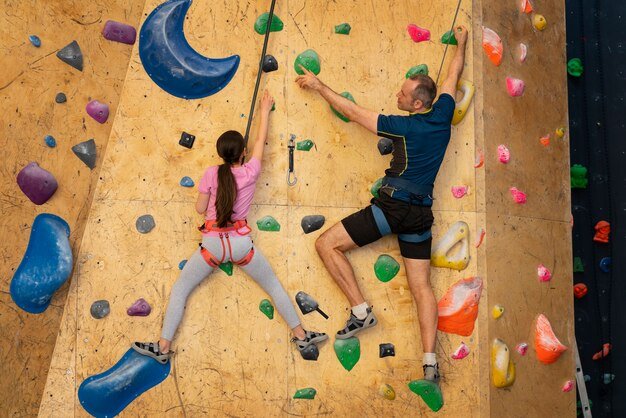
1. Diversity of Skills: Sport climbing combined is a true test of an athlete’s versatility. Mastering speed, problem-solving, and endurance requires an incredible range of skills. It’s akin to asking a sprinter to also excel in hurdles and long-distance running.
2. Dynamic and Unpredictable: With three distinct disciplines, the combined format keeps audiences on the edge of their seats. A climber might dominate in one event but falter in another, leading to dramatic shifts in rankings.
3. Global Appeal: Sport climbing draws inspiration from outdoor climbing, a globally popular activity. Its inclusion in the Olympics introduces millions of viewers to the excitement of competitive climbing.
4. Youthful Energy: With its fast-paced action and focus on agility, sport climbing appeals to younger audiences, aligning with the Olympics’ push to stay relevant to new generations.
Key Athletes to Watch
As sport climbing gains prominence, several athletes have become household names. Here are a few standout climbers:
Janja Garnbret (Slovenia): Often referred to as the “Queen of Climbing,” Janja won gold in Tokyo and dominates both bouldering and lead climbing.
Adam Ondra (Czech Republic): A legend in the climbing world, Adam’s exceptional technique and versatility make him a strong contender in the combined format.
Natalia Grossman (USA): Known for her bouldering prowess, Natalia is one of the rising stars in the sport.
Bassa Mawem (France): A speed climbing specialist, Bassa represents the explosive power and precision needed for this discipline.
Training for Sport Climbing Combined
Training for the combined format is no small feat. Athletes must juggle the demands of three vastly different disciplines:
Physical Conditioning: Speed climbing requires explosive strength, while bouldering emphasizes core power and agility. Lead climbing, on the other hand, demands exceptional endurance.
Mental Focus: Bouldering problems often involve solving complex moves under pressure, requiring athletes to think quickly and strategically.
Time Management: With limited time to train, athletes must prioritize improving their weaker disciplines while maintaining their strengths.
The dedication and discipline required make these climbers some of the most well-rounded athletes in the world.
The Future of Sport Climbing in the Olympics
The introduction of a speed-only event and a bouldering/lead combined event in Paris 2024 marks a significant step forward for sport climbing. These changes address the concerns raised in Tokyo and allow specialists to shine in their respective disciplines. The revised format also ensures fairer competition and more excitement for fans.
Looking beyond 2024, sport climbing has the potential to grow even further. The sport’s accessibility—climbing walls can be found in gyms worldwide—and its connection to outdoor climbing give it a unique advantage in attracting new participants. Additionally, the inclusion of more diverse events, such as team-based competitions, could further enhance its Olympic presence.
Why Sport Climbing Combined Matters
Sport climbing combined is more than just a test of athleticism; it’s a celebration of the human spirit. It challenges athletes to push their limits, adapt to new challenges, and persevere under pressure. For spectators, it offers a thrilling mix of speed, strategy, and spectacle.
As the sport continues to evolve, its inclusion in the Olympics serves as a reminder of the Games’ ability to adapt and embrace new traditions. Sport climbing combined is a perfect example of how modern sports can captivate audiences while honoring the timeless values of determination and excellence.
Sport climbing combined has redefined what it means to compete in the Olympics. With its blend of physical prowess, mental agility, and raw excitement, it’s no wonder the sport has quickly become a fan favorite. As we look forward to future Games, one thing is certain: sport climbing is here to stay.
Share this content:
Sport
India vs. South Africa: A Historic Rivalry in Cricket

The cricketing rivalry between India and South Africa is one of the most captivating in the sport’s history. From their first encounter in 1991 to the recent T20 World Cup final in 2024, these two teams have delivered numerous memorable matches. This blog delves into the evolution of their rivalry, highlighting key matches and their significance.
Early Encounters and the Dawn of a Rivalry
South Africa’s re-entry into international cricket in 1991 marked the beginning of their on-field battles with India. The inaugural series in India saw the hosts clinch victory, setting the stage for a competitive relationship. Over the years, both teams have showcased their prowess across formats, with each series adding layers to their rivalry.
Memorable Matches That Defined the Rivalry
1. 1996 World Cup Quarterfinals: In a high-stakes match, India emerged victorious, eliminating South Africa from the tournament. This win was pivotal for India, propelling them to the semifinals and solidifying their status as a formidable team.
2. 2002 ICC Champions Trophy: The semifinals witnessed a thrilling contest where India edged out South Africa, advancing to the finals. This match is remembered for its intense competition and the resilience displayed by both sides.
3. 2010 Test Series in South Africa: India’s tour of South Africa in 2010 was significant, as they managed to draw the Test series 1-1. This performance was a testament to India’s growing competence in overseas conditions, challenging South Africa on their home turf.
Recent Clashes and the 2024 T20 World Cup Final
The rivalry reached new heights during the 2024 ICC Men’s T20 World Cup. The final, held on June 29, 2024, at Kensington Oval in Bridgetown, Barbados, was a spectacle of cricketing excellence.
Match Summary: 2024 T20 World Cup Final
India Innings: Opting to bat first, India posted a total of 176/7 in their 20 overs. Virat Kohli played a pivotal role, scoring 76 runs off 59 balls, anchoring the innings amidst early setbacks. Axar Patel contributed a valuable 47 runs, stabilizing the middle order. South Africa’s Keshav Maharaj was the standout bowler, taking 2 wickets for 23 runs in his 3 overs.
South Africa Innings: Chasing 177, South Africa started cautiously. Despite a valiant effort from Heinrich Klaasen, who scored 52 off 27 balls, South Africa fell short, finishing at 169/8 in their 20 overs. India’s bowlers, particularly Hardik Pandya with figures of 3/20, played a crucial role in restricting the opposition.
Key Moments and Turning Points
Kohli’s Masterclass: Virat Kohli’s innings was a blend of aggression and composure, providing the backbone for India’s total. His ability to anchor the innings after early wickets was instrumental in setting a competitive target.
Klaasen’s Counterattack: Heinrich Klaasen’s explosive batting brought South Africa back into contention. His dismissal, however, marked a turning point, shifting the momentum in India’s favor.
Suryakumar Yadav’s Spectacular Catch: In the final over, Suryakumar Yadav’s acrobatic catch to dismiss David Miller was a game-changer. His athleticism and presence of mind under pressure were lauded as one of the greatest catches in cricket history.
Post-Match Reflections
India’s victory in the 2024 T20 World Cup final was a culmination of strategic planning, individual brilliance, and team cohesion. The win ended a 17-year wait for a major ICC trophy, marking a significant milestone in Indian cricket. The match also highlighted South Africa’s resilience and the fine margins that define cricketing outcomes.
The Legacy of the India-South Africa Rivalry
The India-South Africa cricket rivalry is characterized by mutual respect and competitive spirit. Both teams have evolved over the years, learning and adapting from each encounter. The 2024 T20 World Cup final added a new chapter to this storied rivalry, showcasing the unpredictable and thrilling nature of cricket.
Looking Ahead
As both nations continue to develop their cricketing talents, future encounters promise to be equally enthralling. The rivalry serves as a reminder of cricket’s ability to bring nations together, fostering sportsmanship and camaraderie.
conclusion
In the India vs. South Africa cricket rivalry is a testament to the sport’s rich history and the enduring appeal of competitive cricket. Each match adds to the narrative, building a legacy that inspires future generations of cricketers and fans alike.
Share this content:
Sport
Thrilling Encounter: India vs. New Zealand Cricket Match Recap

Cricket fans worldwide were treated to an extraordinary match between the India National Cricket Team and the New Zealand National Cricket Team in a recent Test series. This match, held at the iconic [Insert Stadium Name] from [Insert Date], delivered dramatic twists, stellar performances, and intense competition that kept spectators on the edge of their seats. Here’s a detailed recap of the match, complete with a scorecard and key highlights.
Match Overview
Date: [Insert Date]
Venue: [Insert Stadium Name]
Format: Test Match
Result: New Zealand won by [Insert Margin]
The contest kicked off with India winning the toss and electing to bat, hoping to capitalize on favorable pitch conditions. However, what followed was a roller-coaster of emotions for both teams.
1st Innings: India Falters Early
India’s batting lineup faced a nightmare start as New Zealand’s bowlers delivered a phenomenal performance. Spearheaded by Matt Henry, who picked up a stunning five-wicket haul, the Indian side was bundled out for a mere 46 runs — one of their lowest totals in Test cricket history.
India’s 1st Innings Scorecard:
Key Bowler for NZ:
Matt Henry: 5 wickets for 15 runs
New Zealand Dominates with the Bat
In reply, New Zealand capitalized on India’s dismal total with a commanding performance. Devon Conway set the tone with a composed 91 runs, supported by [Other Key Players]. The Kiwis amassed 402 runs, giving them a massive lead of 356 runs.
New Zealand’s 1st Innings Scorecard:
Key Bowler for India:
Ravichandran Ashwin: 3 wickets for 64 runs
India’s Fightback in the 2nd Innings

Trailing by a massive margin, India’s batsmen stepped up in the second innings. Sarfaraz Khan played a spectacular knock of 150, supported by a blistering 99 from Rishabh Pant. Their efforts pushed India to 462 runs, setting a target of 107 runs for New Zealand.
India’s 2nd Innings Scorecard:
Key Bowler for NZ:
Ajaz Patel: [Insert Stats]
New Zealand Secures Victory
Chasing 107 runs for victory, New Zealand faced early hiccups as they lost both openers cheaply. However, a calm and composed partnership between Will Young and Rachin Ravindra sealed the deal, with New Zealand winning by 8 wickets.
New Zealand’s 2nd Innings Scorecard:
Key Moments and Performances
Matt Henry’s Bowling Masterclass: His five-wicket haul in the first innings was instrumental in dismantling India’s batting lineup.
Sarfaraz Khan’s Century: A fighting knock of 150 in the second innings reignited India’s hopes.
Devon Conway’s 91 Runs: His consistency at the top set the tone for New Zealand’s dominance.
Will Young and Rachin Ravindra’s Partnership: Their calm approach ensured New Zealand crossed the finish line.
Player of the Match: Matt Henry
For his exceptional bowling performance in the first innings and consistent contributions throughout the match, Matt Henry was deservingly named Player of the Match.
Conclusion
This India vs. New Zealand match was a roller-coaster of emotions, highlighting the beauty and unpredictability of Test cricket. While India showcased resilience in their second innings, New Zealand’s all-round performance ensured a well-deserved victory. Fans can only anticipate more thrilling contests as these two teams continue their rivalry on the cricket field.
Stay tuned for more updates, and let us know your favorite moment from the match in the comments below!
Share this content:
-

 Health7 months ago
Health7 months agoВетеринарная клиника VetCityPets: Забота о вашем питомце на высшем уровне
-

 App6 months ago
App6 months agoExperience Unlimited Entertainment with Castle APK for Android
-

 AI8 months ago
AI8 months agoUnderstanding 라마 3.1: Features, Benefits, and Applications
-

 Business8 months ago
Business8 months agoSnow Day Calculator: How to Predict School Closures
-
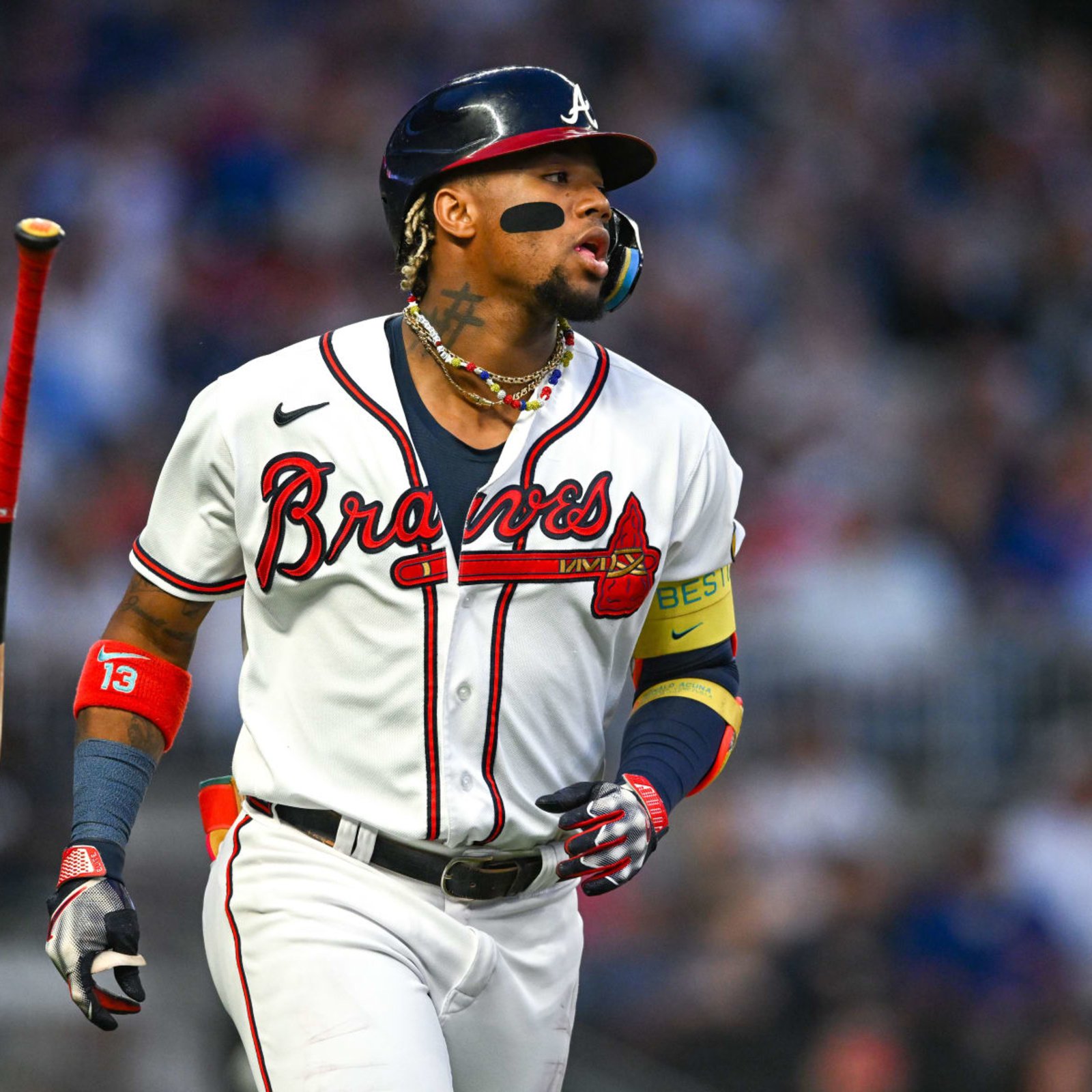
 Ronaldo8 months ago
Ronaldo8 months agoRonald Acuña Jr.: The Rise of a Baseball Superstar
-

 Business7 months ago
Business7 months agoLand Rover Defender vs. Toyota Land Cruiser: Battle of the Luxury Off-Roaders
-

 Travel7 months ago
Travel7 months agoExplore Mega-Personal.net Travel Archives: Your Gateway
-

 BLOG8 months ago
BLOG8 months agoThe Ultimate Guide to Becoming a Car Guru: Tips for Car Enthusiasts and Buyers

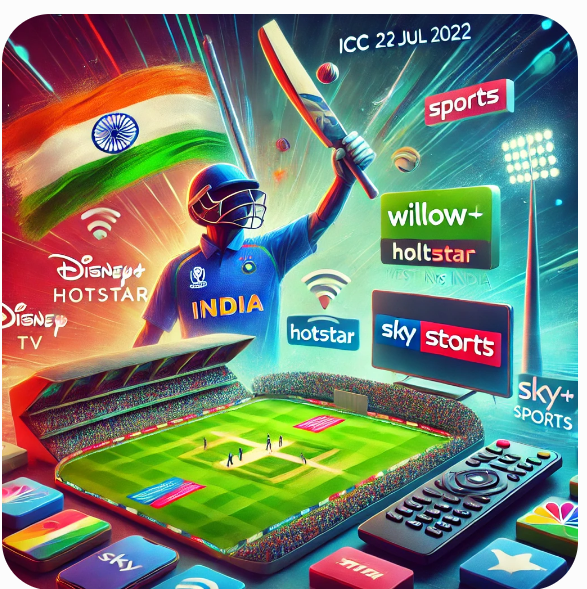
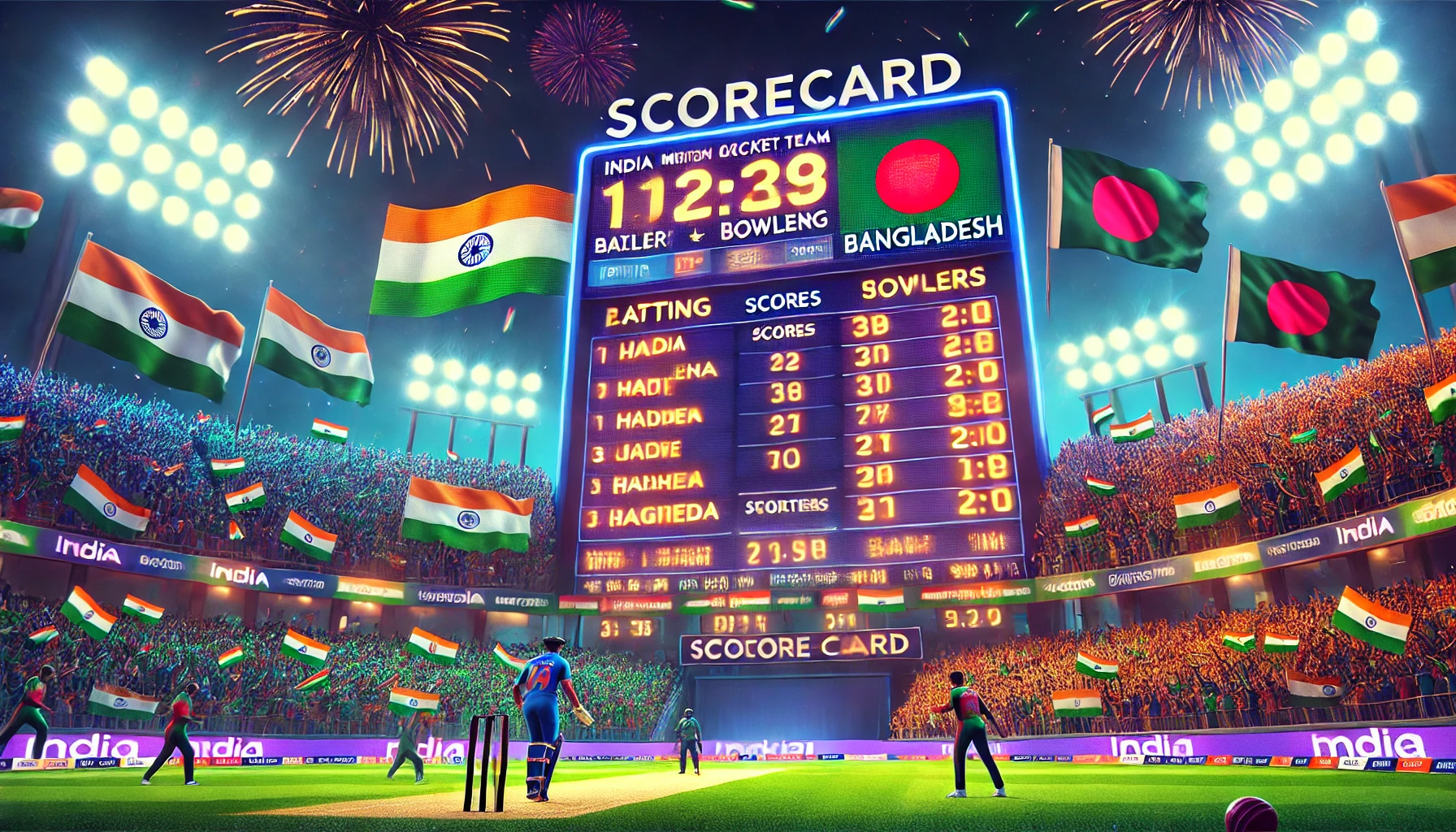

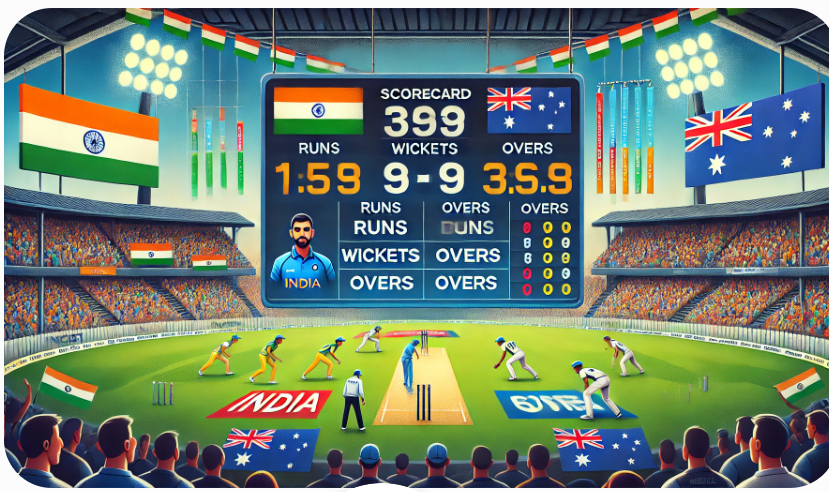
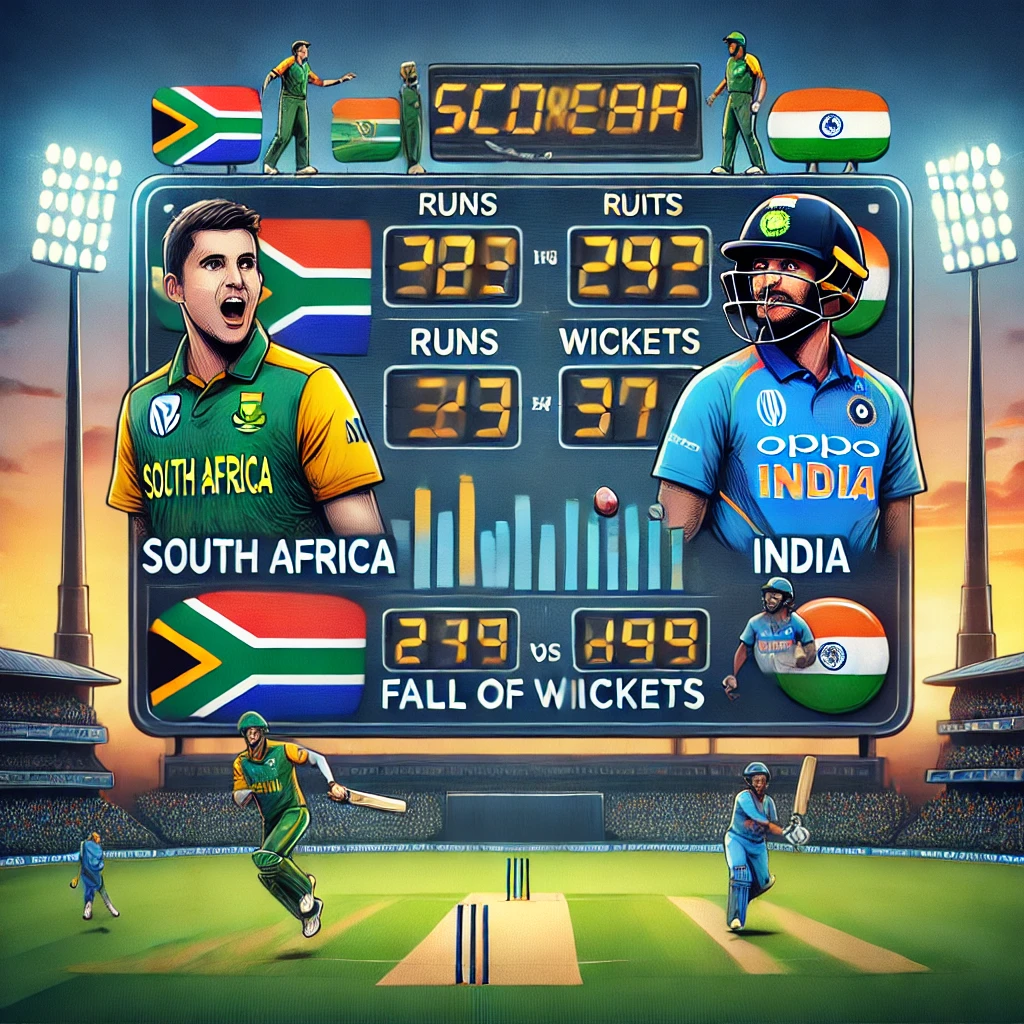

Pingback: "A Comprehensive Guide to Dick's Sporting Goods: America’s Favorite Sporting Store" - Ronaldo
Pingback: The Rise of Jodie Comer: From Local Talent to Global Sensation - Ronaldo